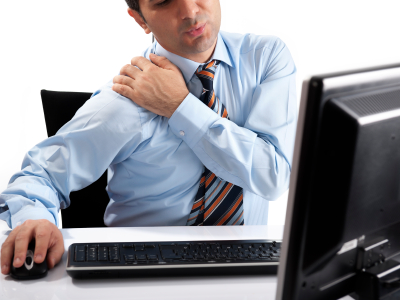History has shown us that Chiropractic is widely recognized in the athletic arena. Professional sports teams understand the importance of retaining a team Chiropractor who can attend to players on the sidelines during games. The list of examples is endless (golf pros, MMA fighters, hockey players, extreme snowboarders, etc.). Whether an athlete is on a team or participating in an individual sport, Chiropractic has probably played a role in their athletic development. There is a staggering amount of evidence and research that supports the effectiveness of Chiropractic, but it is even more telling to note just how many athletes depend on chiropractors to keep them in the game.
The 2010 Winter Olympics were proud to be the first to fully integrate Chiropractic into host medical services. Even with this recent success, Chiropractic doctors were already working directly with sports teams and Olympic athletes decades before the Vancouver Games.
Of course, not all of us are pro athletes, but many of us still receive the benefit of Chiropractic care. Approximately 80% of all people will experience a spine or spine related problem and that’s not just the high performance types. The one thing we do have in common is that we all have a back, something all chiropractors understand very well.

 Giraffes and humans have at least 2 things in common: they both have 7 bones (vertebrae) in their neck, and they both benefit from receive Chiropractic care.
Giraffes and humans have at least 2 things in common: they both have 7 bones (vertebrae) in their neck, and they both benefit from receive Chiropractic care. Trudging from place to place with heavy weights on our backs is an everyday reality, from schoolchildren toting textbooks in backpacks to firefighters and soldiers carrying occupational gear. Muscle and skeletal damage are very real concerns. Now Tel Aviv University researchers say that nerve damage, specifically to the nerves that travel through the neck and shoulders to animate our hands and fingers, is also a serious risk.
Trudging from place to place with heavy weights on our backs is an everyday reality, from schoolchildren toting textbooks in backpacks to firefighters and soldiers carrying occupational gear. Muscle and skeletal damage are very real concerns. Now Tel Aviv University researchers say that nerve damage, specifically to the nerves that travel through the neck and shoulders to animate our hands and fingers, is also a serious risk. When the flu season hits, many parents will be reaching for the cold compresses and medication to cool their feverish child.
When the flu season hits, many parents will be reaching for the cold compresses and medication to cool their feverish child.